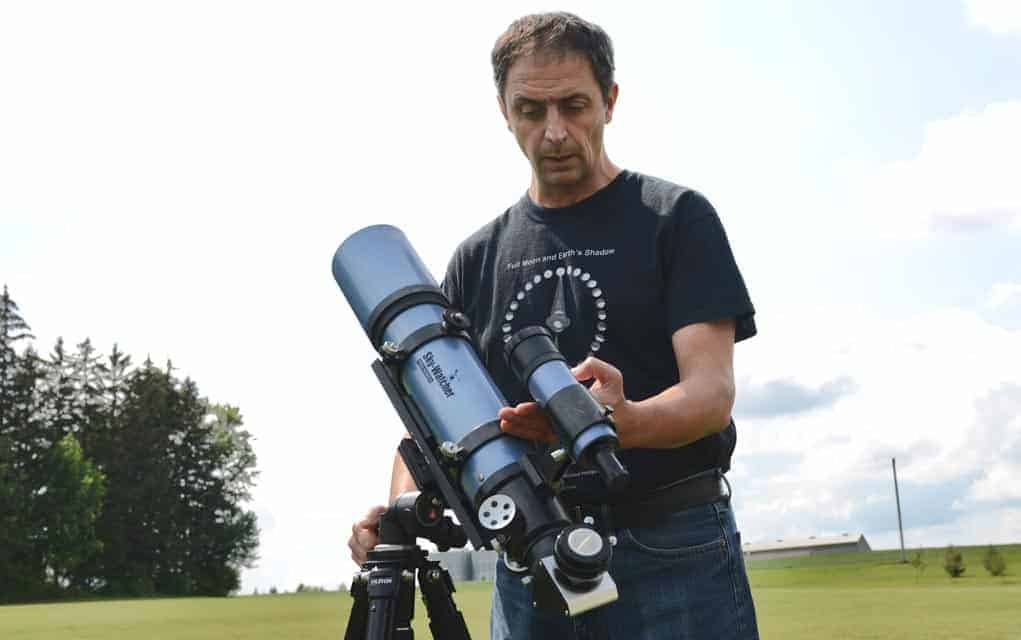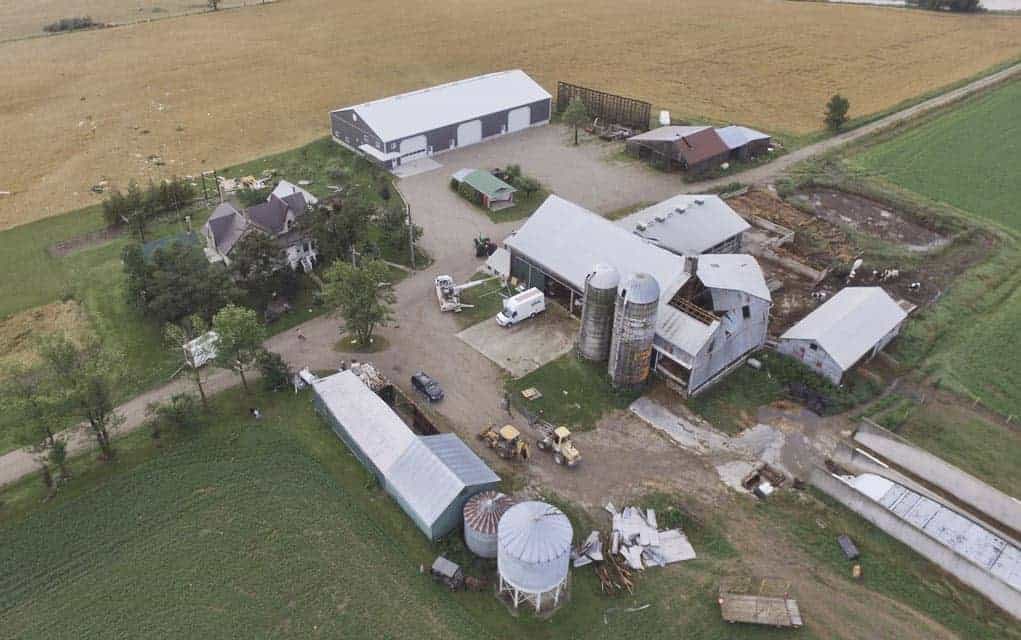No matter how cheery your disposition, chances are you’ll be taking a dim view of things come August 21 – you and everybody else, as we experience a solar eclipse.
Here, it’ll only be a partial eclipse blocking out the sunshine, but that’s not good enough for some local astronomy buffs who are prepared to go to great lengths for the full effect.
Take Sergio Mammoliti, for instance. The St. Clements resident and a vice-president of the Kitchener-Waterloo Astronomy Club will be jumping in a car to drive 15 hours to an airfield in St. Joseph, Missouri with a backup plan to view his first total solar eclipse at the Manning Grain parking lot in Nebraska after connecting with the owner online.
Occurring when the disk of the moon appears to completely cover the sun in the sky, the total solar eclipse will only be visible across the continental America – the first such event since 1979.
So why Missouri or Nebraska area? Mammoliti says the strategy when eclipse hunting is to chose a location that will provide the best probability of having a clear sky – and of course has to be in the track of the total eclipse.
While other members of the astronomy club are travelling towards the likes of Wyoming, his group created a few limitations on their trip while choosing a destination.
“We kind of put a limit of 15-16 hours of driving and that put us in that Missouri,” he said. “So what it came down to for us ‘is what are the odds of us having a clear sky?’ and that is when that came into our minds.”
As the second and final solar eclipse of the year, and only total solar eclipse, the phenomenon is predicted to last a total of two minutes and 40 seconds.
“Now my family thinks I’m insane,” he jokes. “Well we are driving 15 hours for a two-and-a-half-minute event – it is a total of 30 hours there and back – and at the face of it, it is, well, insane.”
Despite the duration, the trip is really worth it for the amateur astronomer.
“Well, this is convenient because it is close-ish,” noting an even closer one coming through Niagara Region … it isn’t doing so until 2024. “We have got a couple of club members who do this for fun, to hear other members describe it as a surreal experience, especially for an amateur astronomer, but no it is definitely something I have really wanted to see.”
If you aren’t making the trek across the border and instead watching from the comfort of your home, Mammoliti gives some insight into what you will see – and how to observe it.
“So you might possibly notice it being a bit dimmer, the sun is just so stinking bright, but three-quarters of the sun will be blocked out here – if you can get yourself a pair of eclipse glasses or even welding goggles would work to dim out the light of the sun; it will look like the Cookie Monster took a big bite out of it, but three-quarters of it will be gone so it will appear like a crescent moon.”









